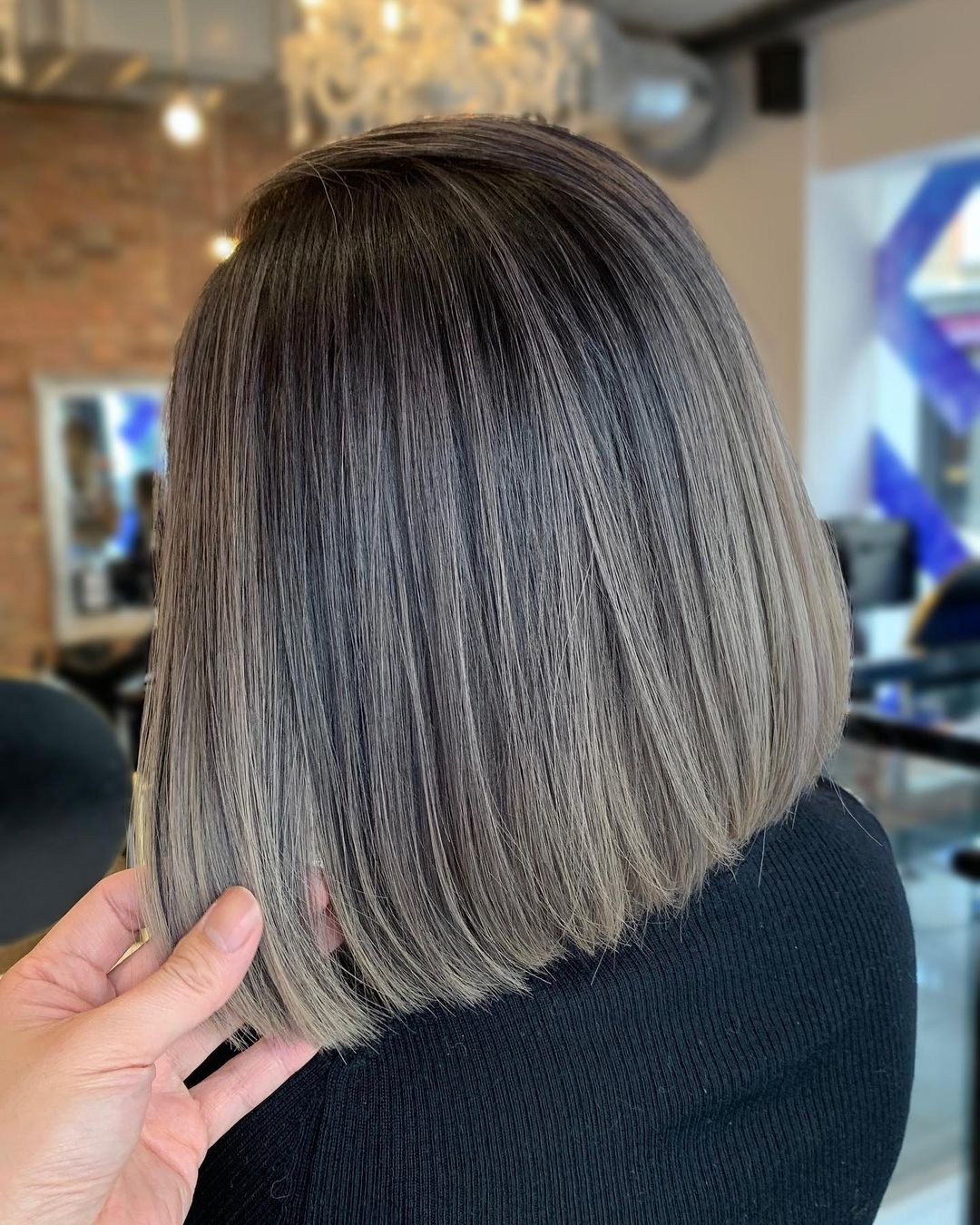Exploring Martial Arts: Types, Styles, and How to Get Started
Introduction to Martial Arts
Martial arts encompass a wide range of physical disciplines that combine self-defense, combat techniques, personal development, and cultural traditions. Practitioners benefit from improved physical fitness, mental resilience, and a deeper understanding of discipline and respect. Whether you are interested in self-defense, competitive sports, or holistic health, there is a martial art suited to your needs. [2]
What Are Martial Arts?
Martial arts are systems of codified practices and traditions of training for combat, self-defense, physical fitness, mental discipline, and spiritual growth. They originate from various cultures and have evolved over centuries to include both armed and unarmed forms. [3]
Common benefits include:
- Enhanced physical strength and flexibility
- Improved self-confidence and stress management
- Effective self-defense skills
- Connection to tradition and culture
Different Types of Martial Arts
The diversity in martial arts styles is vast, each with its own history, philosophy, and techniques. Below, we explore some of the most prominent types and what makes them unique.
1. Karate
Karate is a Japanese martial art emphasizing striking techniques such as punches, kicks, and open-handed chops. It also includes blocks and evasions. Popular styles include Shotokan, Goju-Ryu, and Wado-Ryu. Karate is renowned for both its structured forms (kata) and sparring practice. [1]
Getting started: Locate local dojos by searching for “karate classes near me” or contacting community centers.
2. Taekwondo
Taekwondo is a Korean martial art recognized for high, fast kicks and spinning techniques. It focuses on agility, flexibility, and speed. Taekwondo is an Olympic sport, and students often progress through colored belt ranks. [2]
Application steps: Search for World Taekwondo-affiliated schools or ask local recreation centers about beginner programs.
3. Brazilian Jiu-Jitsu (BJJ)
BJJ specializes in ground fighting, submissions, and positional control. It is designed so that a smaller, weaker person can defend against a larger opponent using leverage and technique. BJJ is integral to mixed martial arts (MMA) competition. [2]
To start: Research local BJJ academies, often listed on martial arts directories or through online reviews.
4. Muay Thai
Muay Thai , known as the “Art of Eight Limbs,” is a striking discipline from Thailand utilizing fists, elbows, knees, and shins. Training focuses on conditioning, clinch work, and powerful strikes. [4]

Source: master-sh-yu.com
Beginner guidance: Seek out gyms specializing in Muay Thai or ask fitness centers if they offer introductory classes.
5. Kung Fu
Kung Fu is a broad term for Chinese martial arts, including styles like Wing Chun, Shaolin, Hung Gar, and Praying Mantis. Each style offers unique approaches, such as close-range combat, animal-inspired movements, or weapon training. [1]
How to access: Explore cultural centers, specialized Kung Fu schools, or search online for classes in your region.
6. Judo
Judo is a Japanese martial art focusing on throws, joint locks, and pins. It is both an Olympic sport and a popular self-defense system. Judo practitioners learn to use an opponent’s force against them. [5]
To get started: Look for certified Judo clubs or associations through national Judo federations.
7. Kickboxing
Kickboxing merges techniques from karate, boxing, and Muay Thai. It is widely practiced for fitness, competition, and self-defense. [2]
Access steps: Search for kickboxing gyms, or inquire at multi-discipline martial arts schools.
8. Aikido
Aikido is a Japanese art that uses joint locks and throws to neutralize aggression. It emphasizes harmony, non-resistance, and blending with an attacker’s energy. [2]

Source: gregori-international.com
To learn: Visit local Aikido dojos, or consult the International Aikido Federation for recognized instructors.
9. Hapkido
Hapkido is a Korean martial art integrating strikes, throws, joint locks, and pressure points. It is valued for its versatility in self-defense. [5]
Practical steps: Search for Hapkido schools or contact Korean community organizations for recommendations.
10. Kendo
Kendo is the Japanese “Way of the Sword,” focusing on bamboo sword sparring and mental discipline. It is rooted in samurai traditions and emphasizes respect and focus. [5]
To start: Look for Kendo clubs via local Japanese cultural associations or national Kendo federations.
How to Choose the Right Martial Art
Choosing the best martial art depends on your goals, physical condition, and interests. Consider the following:
- Self-defense: Krav Maga, Brazilian Jiu-Jitsu, Hapkido
- Fitness: Kickboxing, Muay Thai, Karate
- Competition: Taekwondo, Judo, Boxing
- Cultural experience: Kung Fu, Kendo, Capoeira
- Mental focus: Aikido, Tai Chi
Action steps:
- Attend introductory classes or trial sessions to experience the style firsthand
- Speak with instructors about your goals and physical limitations
- Research reviews and testimonials from current students
- Confirm the school’s affiliations and instructor certifications
Accessing Martial Arts Classes
Martial arts training is widely available through:
- Dedicated dojos and academies
- Community centers and recreational facilities
- Online directories and review platforms
- University clubs or extracurricular programs
To find classes:
- Search for “[Martial Art] classes near me” using online maps or review platforms
- Contact local fitness centers to inquire about martial arts programs
- Ask friends, family, or coworkers for recommendations
- Visit community notice boards or online forums focused on sports and wellness
If cost is a concern, consider:
- Exploring community-run programs, which may offer reduced fees
- Seeking university clubs or non-profit organizations
- Joining trial classes before committing to longer memberships
Real-World Applications and Examples
Martial arts are practiced by millions worldwide for various reasons. For instance, Brazilian Jiu-Jitsu is popular in MMA and self-defense scenarios, while Karate and Taekwondo are often chosen for youth development due to their structured ranking systems. Many police and military organizations integrate Krav Maga and Judo into training for practical self-defense. [2]
Potential Challenges and Solutions
Common challenges include:
- Physical limitations: Adapt training by choosing styles like Tai Chi or Aikido, which emphasize gentle movement and balance.
- Time commitment: Select schools offering flexible schedules or weekend classes.
- Finding qualified instructors: Verify credentials through national federations or official organizations.
Alternative approaches include online tutorials and virtual classes, though in-person instruction is generally more effective for learning proper technique and safety.
Key Takeaways
Martial arts offer diverse options for physical, mental, and emotional development. By exploring different styles and understanding your personal goals, you can select a discipline that matches your interests and lifestyle. Remember to research classes, speak with instructors, and try introductory sessions to find the best fit. For further information or guidance, consult official martial arts federations or local community centers.
References
- [1] Black Belt Wiki (2025). List of 180+ Martial Arts Styles.
- [2] Martial Arts WA (2024). 50 Powerful Martial Arts Styles You Need to Know About.
- [3] Wikipedia (2023). List of martial arts.
- [4] GymDesk (2025). 16 Different Types of Martial Arts Styles.
- [5] Rockstar Academy (2024). 10 Most Popular Types of Martial Arts.
MORE FROM searchhole.com













